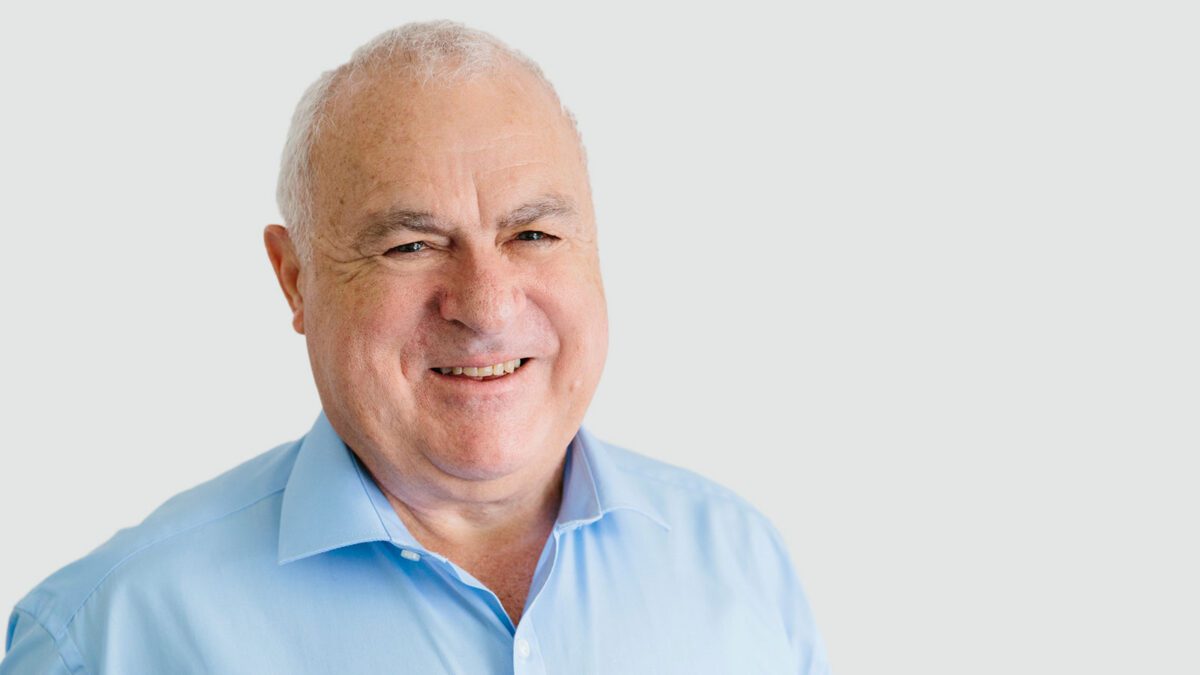When it’s time to move super, pack the pensions separately
Choosing a retirement saving strategy, whether through a public super or self-managed superannuation fund (SMSF), is an important financial decision for an Australian investor – and one they may rethink at some point. For those moving to a new fund, Heffron Consulting’s Meg Heffron says, the key is careful up-front planning.
“Chances are everyone will change super funds at least once in their life – if for no other reason than to set up an SMSF,” Heffron says in a recent note. “Quite apart from choosing the new fund, there is lots to think about before making the move.”
That’s true whether someone is moving between public funds, from a public fund to an SMSF or even from a winding-up SMSF back to a public fund.
“A topical one right now applies to those who want to claim a tax deduction for some or all of the personal super contributions they’ve made to their existing fund,” Heffron says. “There is paperwork to do to lock in this deduction, and it has to be done before moving funds.”
People should also consider binding death benefit nominations (BDBNs) – legally binding instructions the trustee must follow when paying out death benefits – which many have in place for their super, she says.
These are fund-specific, so if the member moves, the BDBN must replicated in the new fund; it’s also good to consider whether the instructions should change. Heffron notes that while it’s common to have a BDBN in a public fund – “after all, who wants a trustee they don’t know making decisions about who gets their super?” – sometimes SMSF members don’t.
“If their spouse is also a member of the SMSF and will effectively inherit control on the member’s death, it may be preferable to leave the spouse with some autonomy when it comes to dealing with the death benefit.”
Another thing to consider when moving from one fund to another is cost. Heffron points out, for instance, that when members of public funds choose specific investments for their super and then leave the fund, they can be charged capital gains tax if the investments have grown in value, even if the assets are transferred only in specie.
“While it might feel like there’s been no ‘sale’ (which is what usually triggers capital gains tax), there’s still a transfer to a new owner, which is the same thing from a tax perspective,” she says.
“This is definitely the case when moving all the money from an SMSF to a public fund, as the SMSF will need to sell its assets and wind up (incurring costs). It’s important to understand what these costs will be when moving funds to avoid nasty surprises.”
One thing SMSF members can do to minimise these costs is to manage the transition over several years, Heffron adds.
She also cautions people who split their super among several retirement ‘accounts’ – for instance, multiple pensions and an accumulation account – to be careful when moving to a new super fund not to co-mingle those assets in one account in the new fund. “That can unwind years of careful planning,” she says.
“With good up-front planning, it’s easy to avoid this outcome – simply manage the transfer progressively. In fact, that’s the theme of any transfer from one super fund to another – careful planning up front can make the world of difference.”









